It seems we can’t find what you’re looking for. Perhaps searching can help.
Madagascar’s national parks and reserves ensure the protection of its unique inhabitants. Walking through deciduous forests and rainforests, you might hear the haunting call of an indri (the largest species of lemur), see a chameleon blending into its surroundings, or encounter the island’s only predator, the fox-like fossa. We can also plan your trip around seeing migratory humpback whales, and you can experience local culture with a riverboat cruise past tiny villages.

Capital City Antananarivo – or Tana as the capital is universally known – is the main entry point for most travellers to Madagascar. There are no tourist attractions to speak of in Antananarivo – a city that two million people call their home – but for some that is part of its appeal. While the capital of Madagascar doesn’t boast the architectural prowess of capitals in Europe or the grandeur of other capital cities around the world, bypassing the capital altogether would be a mistake as the city is unique. Tana has been the home of Malagasy power for three centuries and there’s a huge amount of history and culture to discover, and it is the place in Madagascar to treat yourself to a fine meal: some establishments rival Europe’s Michelin-starred restaurants, but without the price tag. Top tip we stayed at Maison Gallieni.
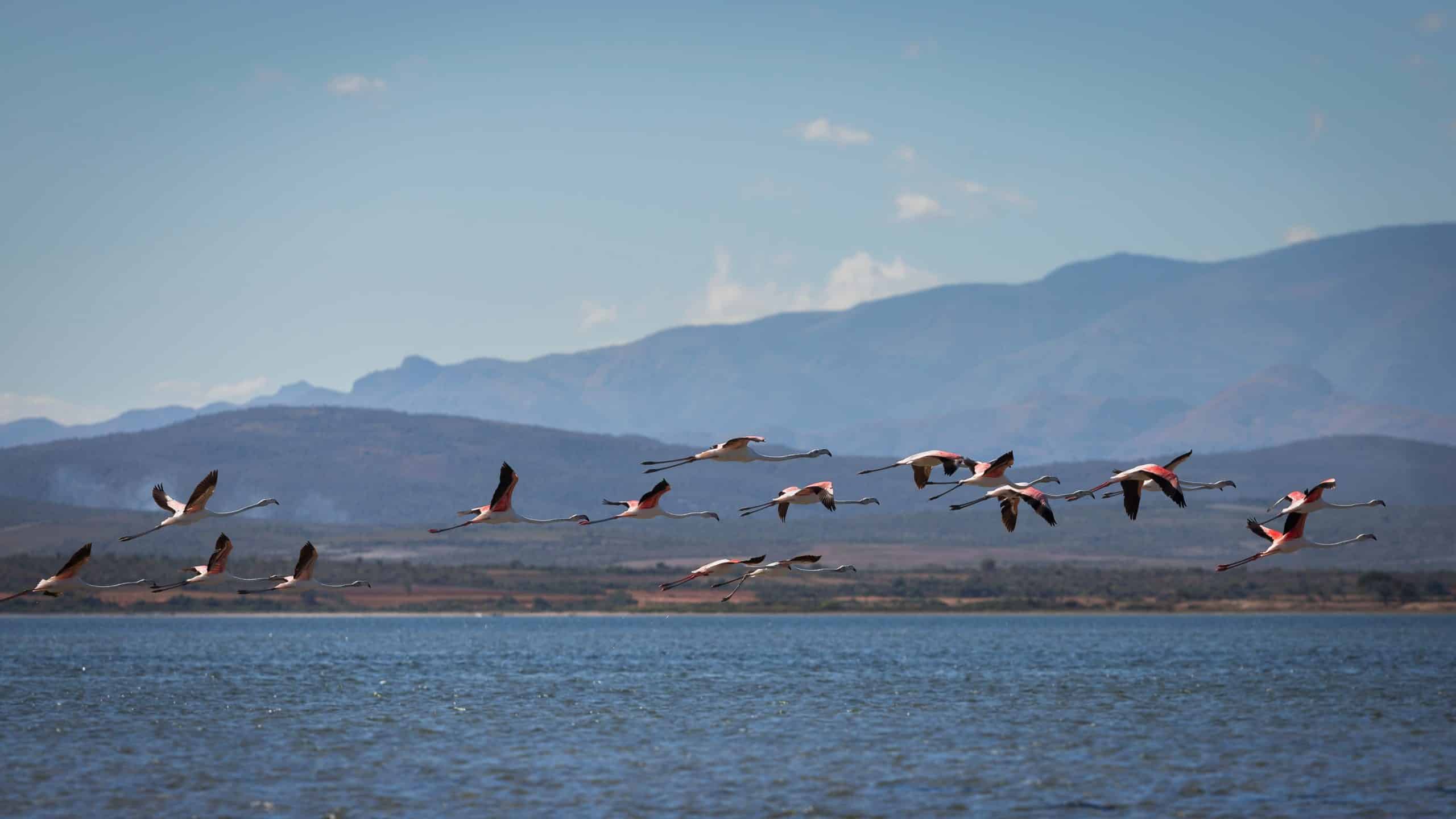
Wildlife: Considered to be the monkey’s ancestor, lemurs are a monkey species endemic to Madagascar, and they can be found in National Parks, natural reserves, and the rainforests. We visited the Andasibe, a stunning rainforest park, about 5 hours’ drive from the city. The park consists of two protected areas, the Perinet Special Reserve and Mantadia National Park. Perinet is world famous for its population of Indri lemurs, which are the largest living lemur species. The journey to Andasibe offers first time visitors to Madagascar an introduction to rural life with rice fields, redbrick houses and roadside stalls selling seasonal fruits and vegetables lining the route.
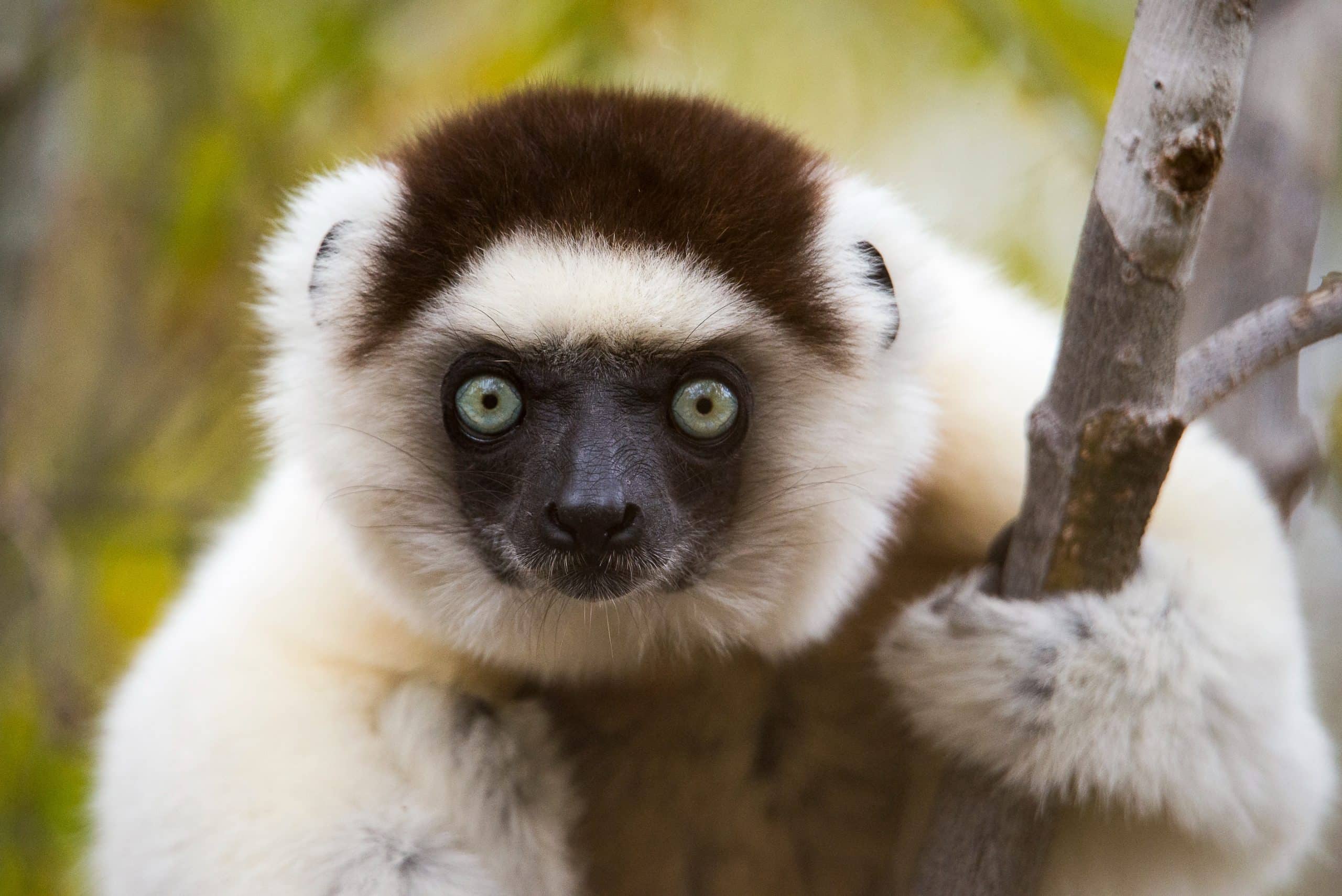
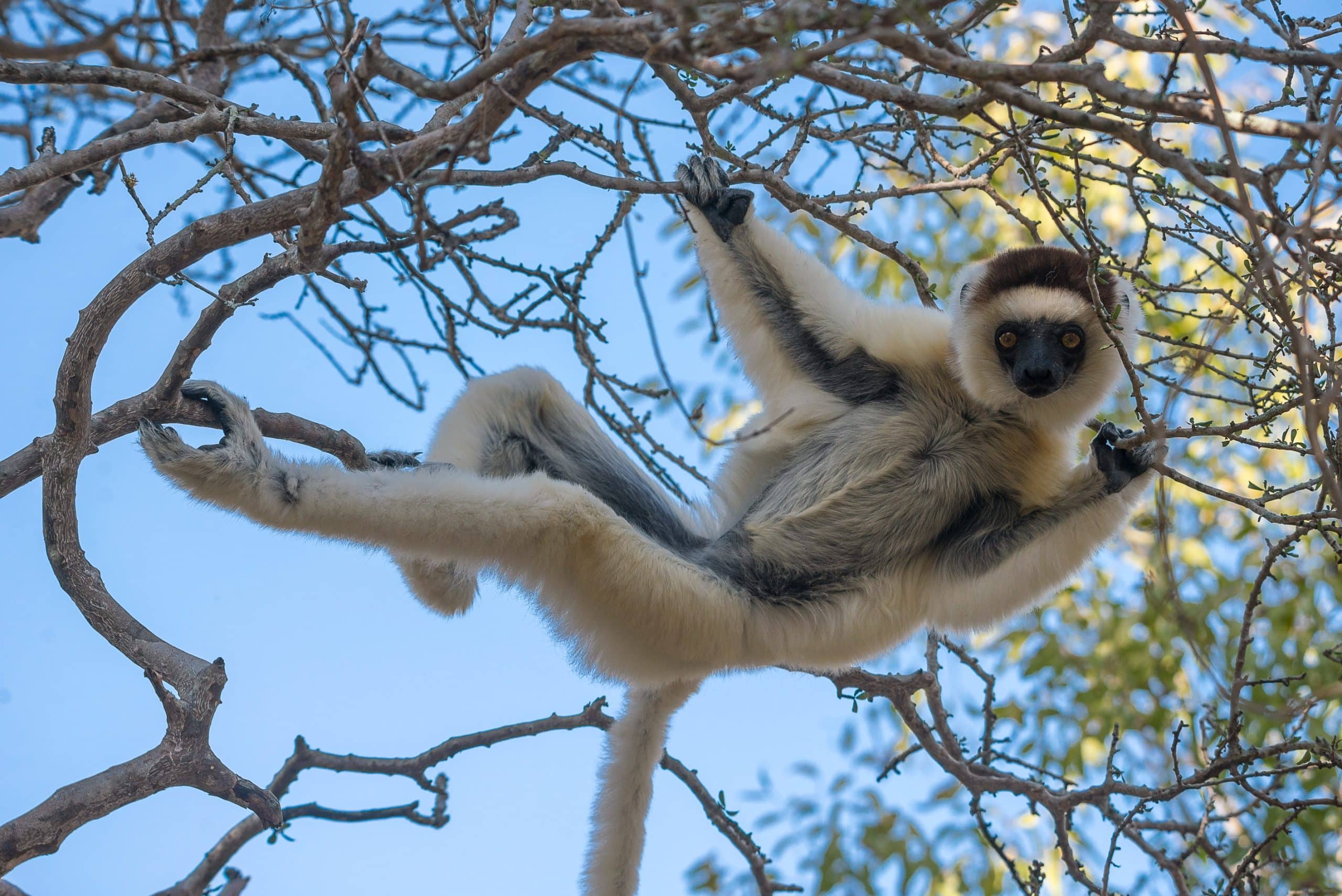
Another highlight of our stay was at the Mandrare River Camp where we walked in the eerie and prehistoric spiny forest filled with the ancestral tombs of the local Antandroy tribe, as well as an extraordinary array of flora and fauna, unique to the spiny forest. We also watched the sun set and moon rise with a view across the baobabs to the mountains beyond which was a magical experience whilst listening to the local villagers performing traditional dances, accompanied by singing and music. Song and dance are at the heart of Antandroy culture and is used to accompany the major rituals and events of everyday life.
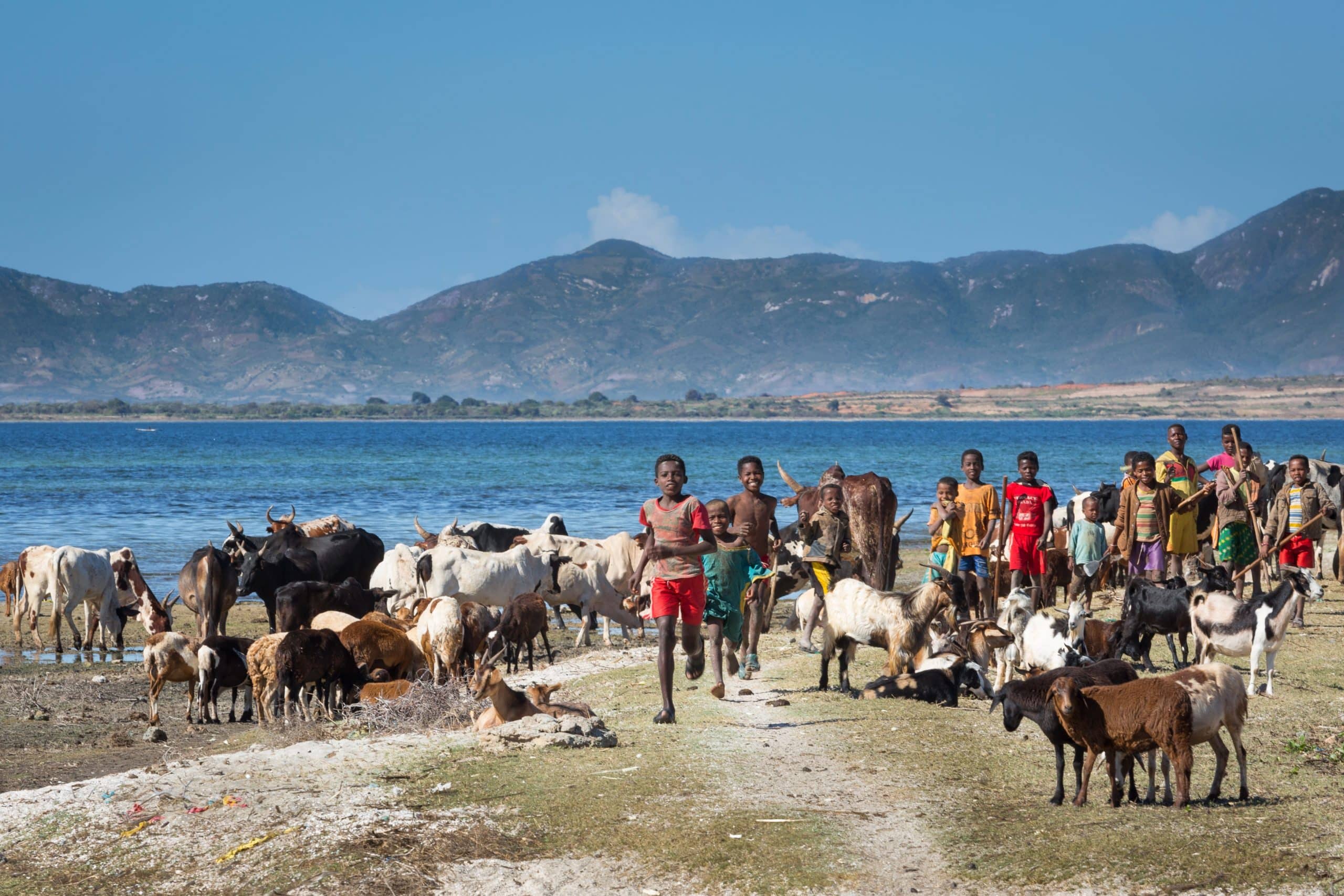
The Baobab – “mother of the forest” in Malagasy, is a majestic and sacred tree that has eight species. Six of them only grow in Madagascar. The trees have been used locally for hundreds of years as sources of medicinal remedies and as well as sources of water (as rain is trapped in their huge trunks forming pools for wildlife and humans). Whilst the trees themselves can be found dotted around this tropical island, the hotspot – and the ideal location for photographers – is the Avenue of Baobabs located in Kirindy. This majestic avenue is lined with huge baobabs making for giants in the surrounding countryside. The best time to visit the Avenue is sunrise or sunset so you can take advantage of this spectacular setting in the best light.

Beaches: As an island nation, Madagascar is not short of pristine and picturesque of world-class beaches, often on smaller islands of their own. The most famous is Nosy Be located on the northwest of Madagascar’s coast. As its own individual island, there is plenty to do here, in addition to visiting the beach. The capital of the island is known as Hell-Ville, and here you will see French colonial influence with the old-style buildings and the market.

Top tip: Book to stay at the exclusive Constance Tsarabanjina, which is perhaps the best island in this area.
Anjajavy on the northwest coast has a Lodge that can be found at the edge of a National Park which shares its namesake. This is the perfect place for sea swimming, snorkelling and walking in the forest where guests see many different species of lemurs and ancient baobab trees.
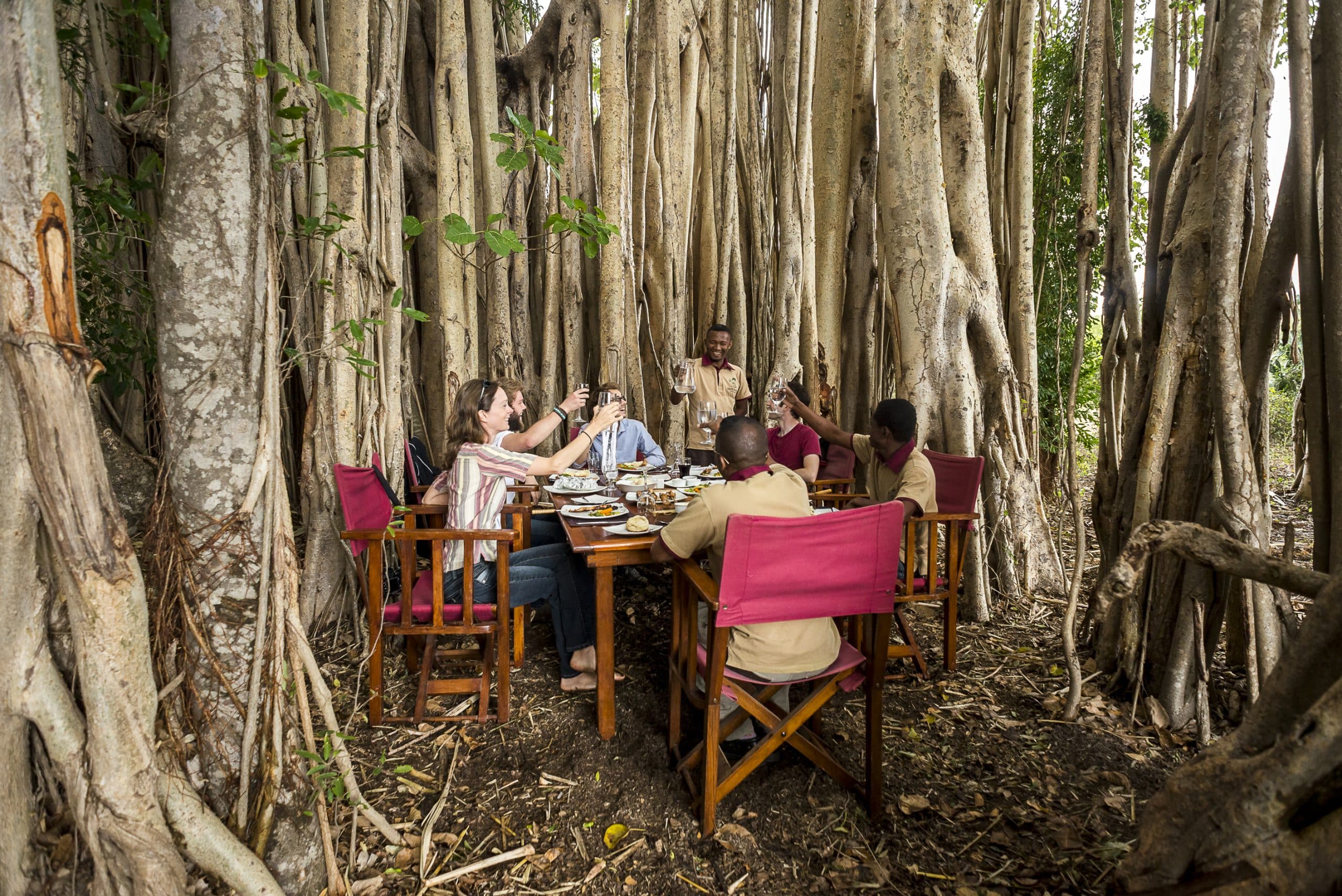
Nothing Found
Nothing Found
It seems we can’t find what you’re looking for. Perhaps searching can help.

